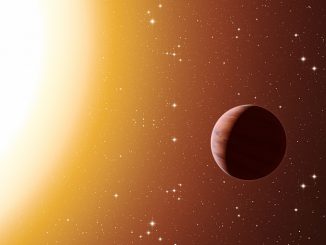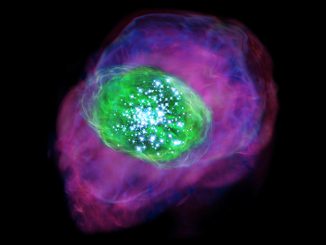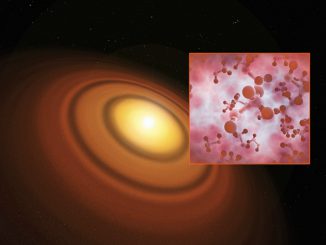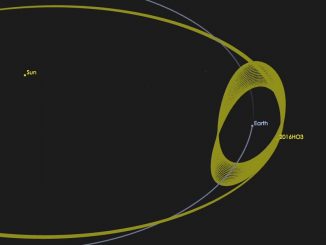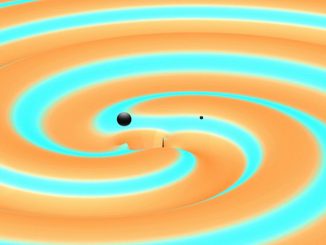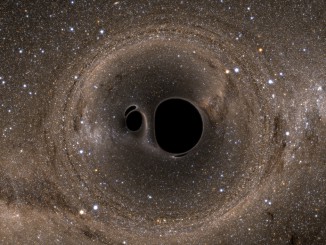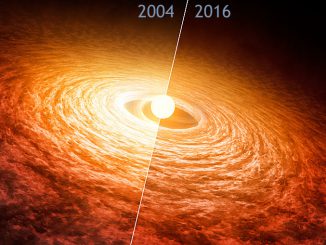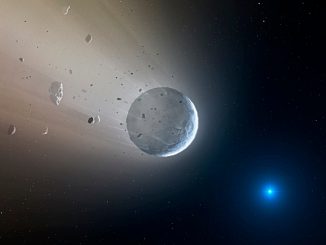
Ultra-sharp image uncovers the shocking lives of young stars
An unprecedented view from the world’s most advanced adaptive optics system on the Gemini South telescope in Chile probes a swarm of young and forming stars that appear to have been triggered, or shocked, into existence. The group, known as N159W, is located some 158,000 light-years away in the Large Magellanic Cloud (LMC), a satellite to our Milky Way Galaxy.

